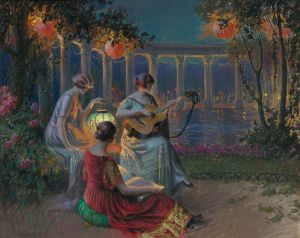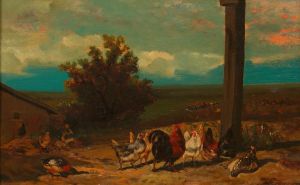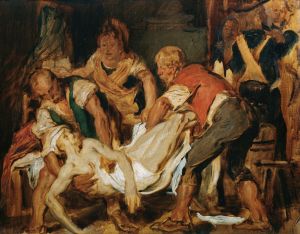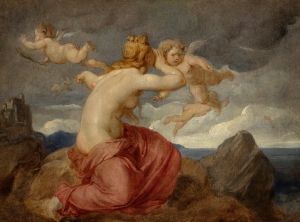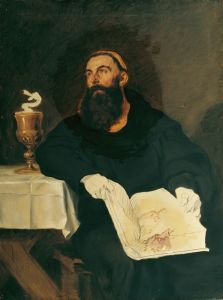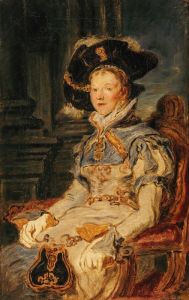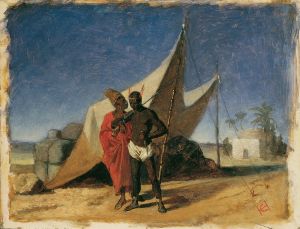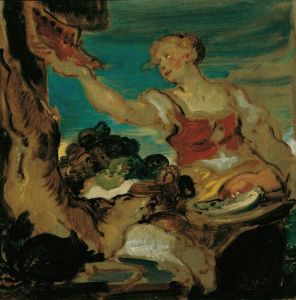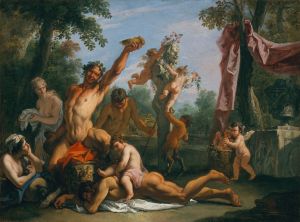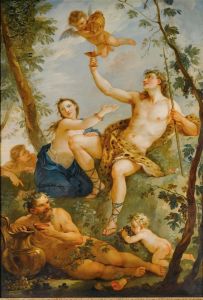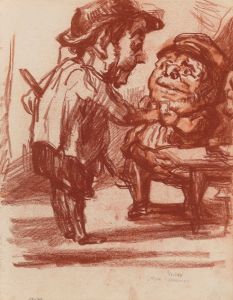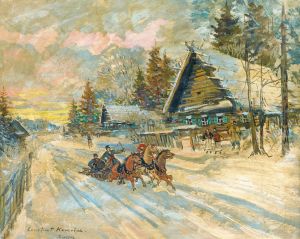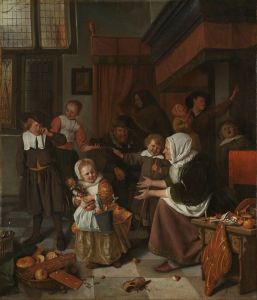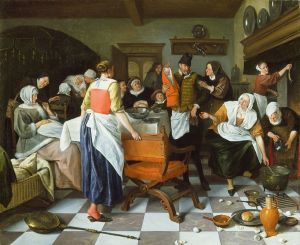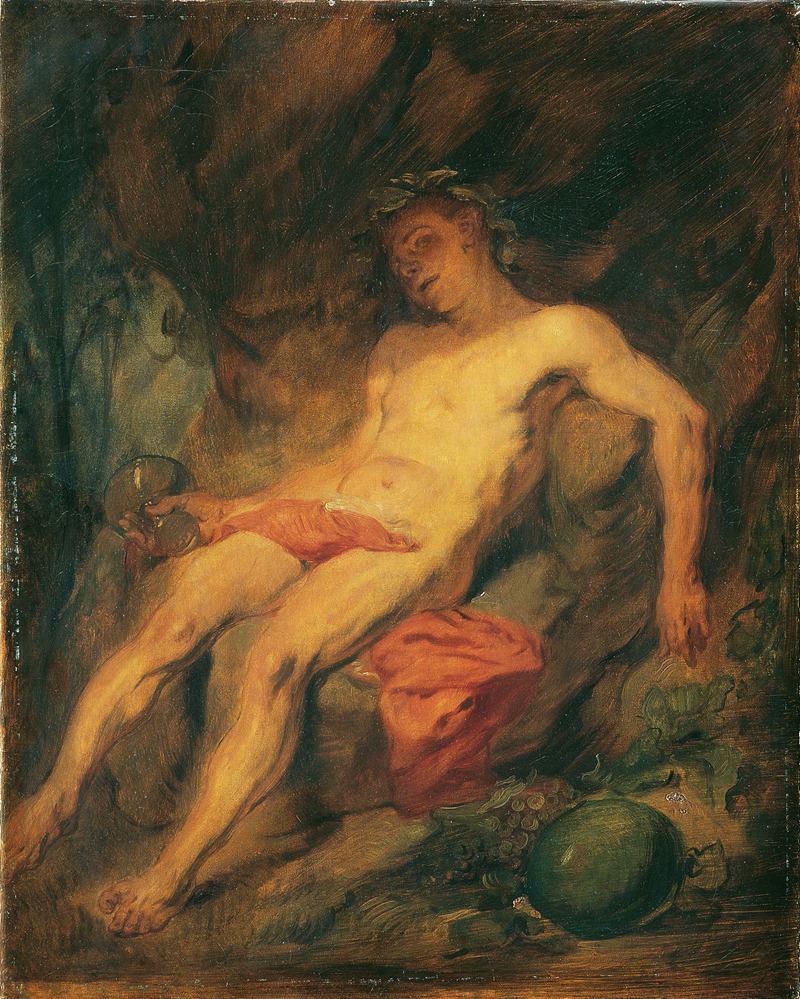
Drunk Bacchus
A hand-painted replica of Hans Canon’s masterpiece Drunk Bacchus, meticulously crafted by professional artists to capture the true essence of the original. Each piece is created with museum-quality canvas and rare mineral pigments, carefully painted by experienced artists with delicate brushstrokes and rich, layered colors to perfectly recreate the texture of the original artwork. Unlike machine-printed reproductions, this hand-painted version brings the painting to life, infused with the artist’s emotions and skill in every stroke. Whether for personal collection or home decoration, it instantly elevates the artistic atmosphere of any space.
Hans Canon, an Austrian painter known for his historical and genre scenes, created the painting "Drunk Bacchus" in the 19th century. Canon was born as Johann Baptist Strašiřipka in 1829 in Vienna, and he later adopted the name Hans Canon. He studied at the Academy of Fine Arts in Vienna and further honed his skills in Munich and Paris, where he was influenced by the works of contemporary artists and the prevailing artistic trends of his time.
"Drunk Bacchus" is a representation of Bacchus, the Roman god of wine, revelry, and ecstasy, known as Dionysus in Greek mythology. Bacchus is often depicted in art as a youthful and exuberant figure, embodying the spirit of festivity and indulgence. In Canon's painting, Bacchus is portrayed in a state of inebriation, capturing the essence of his association with wine and merriment.
The painting exemplifies Canon's skill in combining classical themes with a vivid and dynamic style. His use of color and composition brings a sense of life and movement to the scene, drawing the viewer into the world of mythological revelry. Canon's attention to detail and his ability to convey emotion through expression and posture are evident in this work, making it a notable example of his artistic prowess.
Hans Canon's work, including "Drunk Bacchus," reflects the broader 19th-century European interest in classical mythology and its reinterpretation through contemporary artistic lenses. This period saw a resurgence of interest in ancient themes, often infused with a romantic or realistic approach, as artists sought to explore timeless human experiences and emotions.
Canon's career was marked by a diverse range of subjects, from portraits and historical scenes to allegorical and mythological works. His ability to adapt his style to suit different themes made him a versatile and respected figure in the art world of his time. "Drunk Bacchus" stands as a testament to his ability to blend classical subject matter with a lively and engaging artistic style.
Throughout his life, Hans Canon received recognition for his contributions to the arts, and his works were exhibited in various prestigious venues. He passed away in 1885, leaving behind a legacy of paintings that continue to be appreciated for their technical skill and imaginative interpretation of classical themes.
"Drunk Bacchus" remains an important piece within Canon's oeuvre, illustrating his fascination with mythology and his ability to bring such stories to life through his art. The painting not only reflects the cultural and artistic milieu of 19th-century Europe but also highlights Canon's unique approach to capturing the spirit of mythological figures in a way that resonates with audiences both in his time and today.





